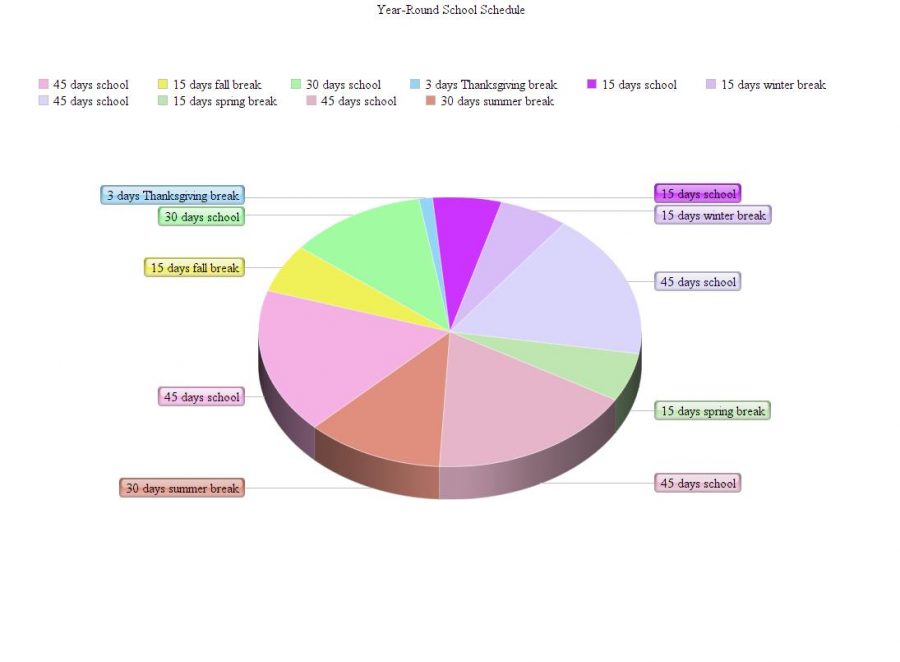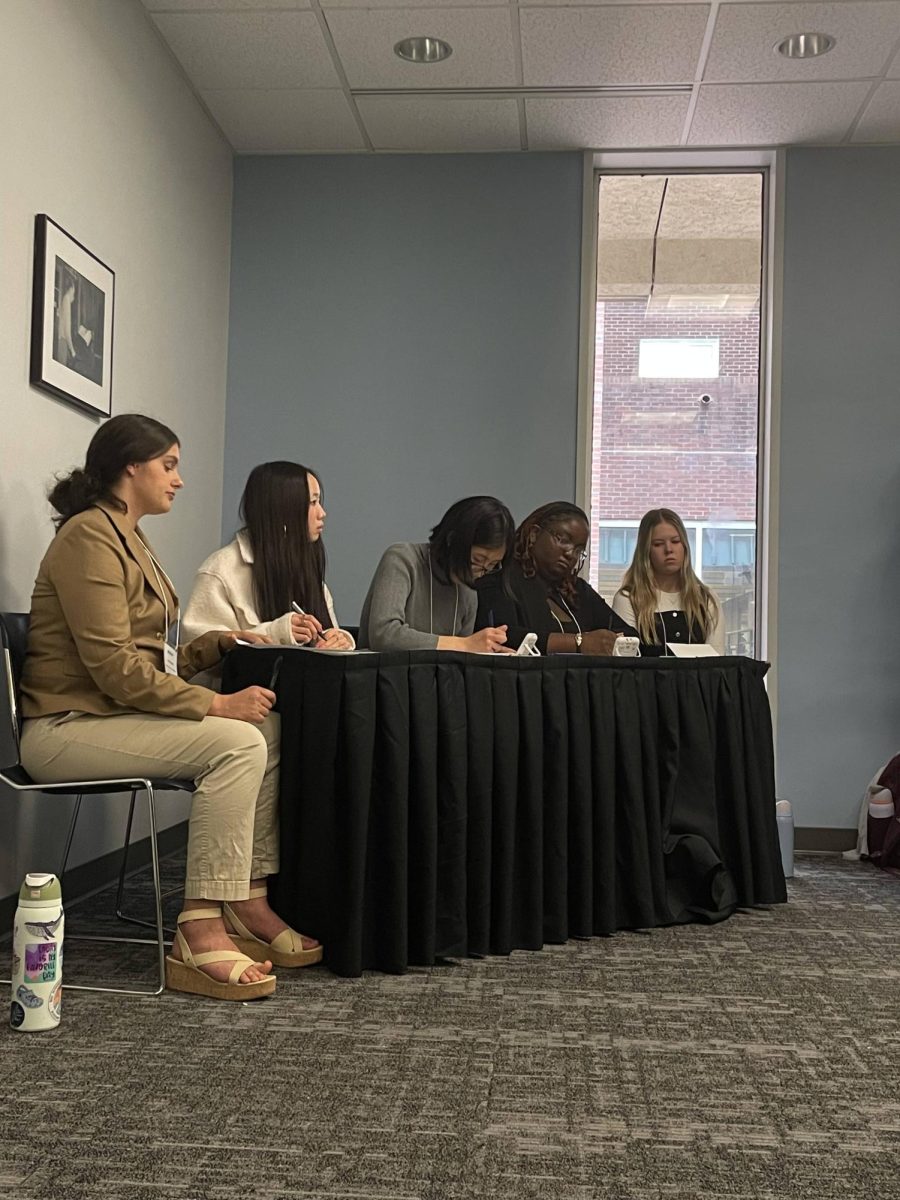Many schools across the nation are abandoning the traditional school schedule and converting to a year-round schooling schedule. There are many benefits to this type of schedule, but it does come with some drawbacks.
In the year-round school schedule, kids go to class the same number of days as students on a traditional school schedule; the only difference is that the year-round school calendar is spread out more evenly over the year. This allows students to have shorter, but more frequent breaks. However, this calendar lacks a 10-12 week summer break.
The lack of a long summer break can pose problems for many families. Quality family time and vacations are important to the emotional and developmental well being of a child. Without a summer break, it can be difficult to schedule meaningful family time and vacations. American families have become accustomed to the traditional long summer vacation. Parents may find it difficult to schedule family reunions and vacations.
Moreover, finding child care that works well with the year-round schedule can be a struggle for parents. It can be difficult to find a babysitter if multiple, shorter school breaks are scheduled throughout the year at times when parents are working.
Traditional summer vacations can provide unique learning opportunities that are not available in a classroom. Taking this time away from children can lead them to miss out on art, culture, and special adventures. With a year-round schooling schedule, kids can miss out on these experiences.
Senior Lilly Parker prefers the traditional calendar over the year-round school calendar. “I’ve had the traditional calendar since the first grade and it helps me look forward to summer and participate in activities that I wouldn’t be able to participate in if I had year-round schooling. It also allows my family and I to go on longer vacations in the summer.”
Though there are some drawbacks, the year-round school schedule has many benefits as well. Eliminating long breaks from school can improve a child’s academic work. Long summers are known to cause a decline in academic skills and knowledge because of the extended length of the break.
Although it may seem fun, a long summer break can often lead to boredom. Year-round schooling eliminates the need to fill 12 weeks of break with activities to keep children interested and engaged. Many kids don’t have enough to do during the summer.
Shorter, more intense bursts of instruction along with common breaks is another benefit of the year-round school schedule. This helps students retain the information and material better and can lead to better academic scores.
In the Quad Cities, the Rock Island and Milan School Districts follow this year-round calendar. They have two weeks of break in the fall, winter, and spring with a 8 week summer break.
Senior Breanna Voelkers says she would prefer the year-round schedule over the traditional calendar. “The year-round calendar gives students more flexibility and time to destress and relax. This calendar can be better for students’ overall healths.”
Although the traditional school calendar is more common around the nation, the balanced year-round calendar is starting to take over because of its convenient short breaks. Both the traditional and the year-round schedule have their own benefits and drawbacks; it just comes down to what each school district prefers.









